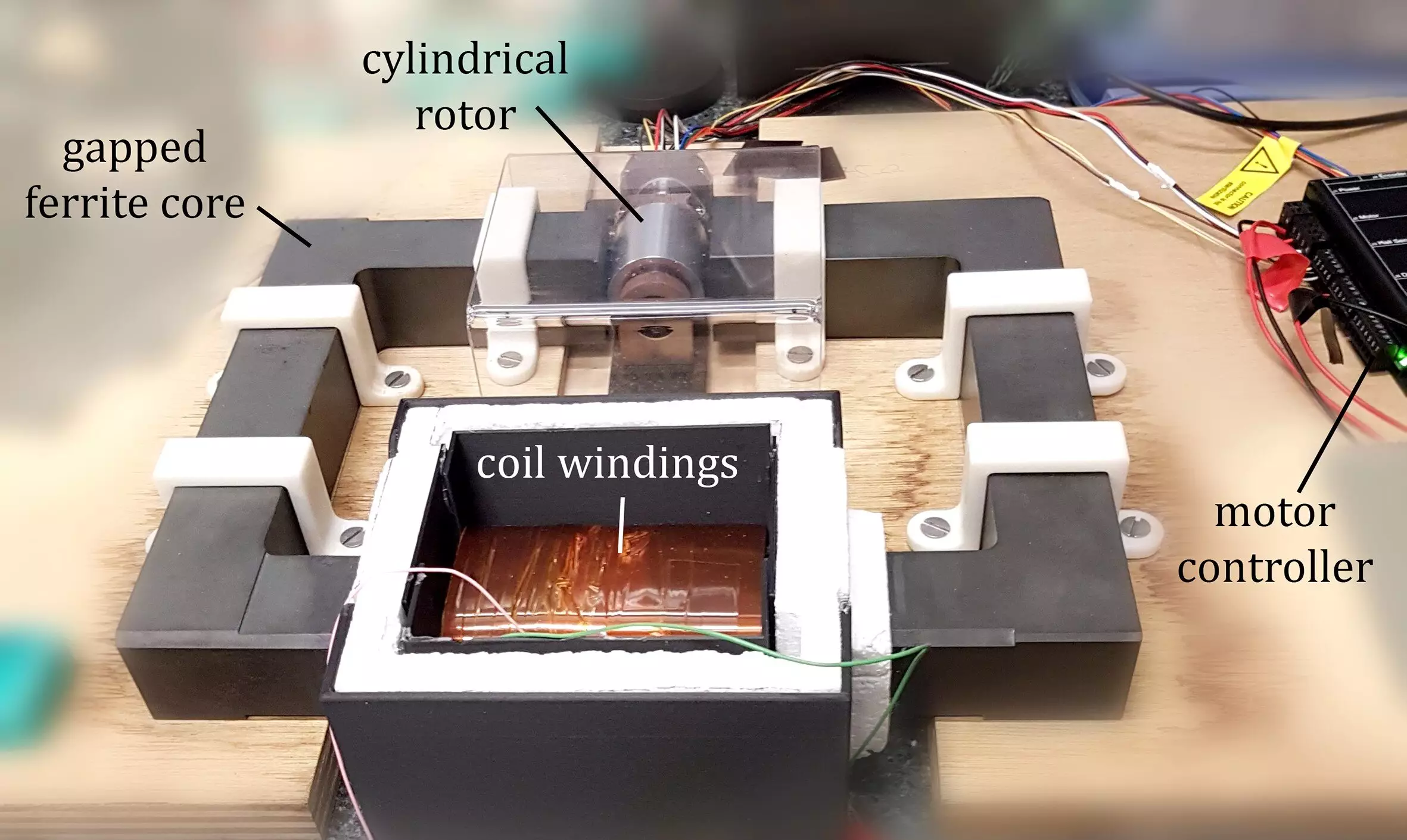The realm of physics constantly evolves as researchers push the boundaries of what we understand about the universe. A significant development emerged from the University of Southampton, where physicists recently validated a decades-old theory known as the Zel’dovich effect. This groundbreaking discovery, centered on the behavior of electromagnetic waves when interacting with rotating objects, stands to reshape our understanding of wave dynamics and their practical applications.
Named after the Soviet physicist Yakov Zel’dovich, the Zel’dovich effect, posited over fifty years ago, remained largely theoretical. The premise contended that waves possessing angular momentum, which would typically be absorbed by a stationary object, could actually be amplified if the object were to rotate at an appropriate velocity. The researchers utilized a simple yet innovative setup that involved an aluminum cylinder rotating at high speeds to test this concept with electromagnetic waves. Prior work had demonstrated similar principles using sound waves, but this latest endeavor marked the first time the effect had been observed in electromagnetic contexts.
Dr. Marion Cromb, a Research Fellow involved in the study, explicated the principle behind the phenomenon. In essence, as the cylinder spins faster than the frequency of the electromagnetic radiation it encounters, the waves undergo a rotational Doppler shift, pushing the frequency down past zero into negative territory. This unique perspective results in a reversal of typical wave behavior, where amplification supersedes absorption. Such transformative processes invite exciting possibilities in various scientific arenas, potentially altering how we harness and manipulate waves.
Understanding Electromagnetic Waves and Their Interactions
Electromagnetic waves encapsulate a broad spectrum of phenomena, from radio waves to visible light, each behaving in accordance with principles dictated by physics. An example commonly cited to illustrate wave behavior is the Doppler effect, which most people experience in the context of sound. As a police car approaches, its siren appears to rise in pitch, only to drop as it retreats. Though familiar, this principle extends beyond sound waves into the electromagnetic spectrum, impacting how we observe celestial bodies.
The discovery of the Zel’dovich effect introduces another layer of complexity. By examining these so-called “twisted waves,” researchers have illuminated new paths for exploration in both theoretical and applied physics. It suggests that under specific conditions, waves can gain energy rather than losing it—a departure from what conventional physics would predict. This newfound understanding opens potential applications, such as improving technology used in energy generation capacities, like wind turbines.
Implications for the Future of Quantum Mechanics
The implications of this research extend into the quantum realm, where the exploration of the Zel’dovich effect could lead to groundbreaking advancements. The concept of amplifying waves via a rotating cylinder hints at novel ways to manipulate quantum vacuum states. As Professor Hendrik Ulbricht, the project supervisor, noted, this discovery lays the groundwork for further exploration into quantum systems. Indeed, exploiting the phenomena at such a microscopic level showcases the interconnectedness of macroscopic and microscopic physics.
Quantum mechanics has long been heralded as the frontier of modern physics, filled with mysteries yet to be unraveled. By verifying the Zel’dovich effect under electromagnetic conditions, scientists are unfolding potential strategies to harness quantum phenomena, paving the way for new technologies.
While the theoretical implications of the Zel’dovich effect remain profound, the practical applications cannot be overstated. Electrical engineers may find the principles distilled from this research beneficial in enhancing induction generators, which serve crucial roles in renewable energy systems. As global energy demands escalate, efficient innovations that stem from this effect could significantly impact how we produce and consume energy.
Moreover, the simplicity of the experimental setup employed by the Southampton team showcases that sophisticated theories need not be mired in overly complex configurations. Rather, the effective utilization of basic tools such as a resonant circuit and spinning cylinder emphasizes the accessibility of advanced physics, inviting further exploration across various disciplines.
The successful demonstration of the Zel’dovich effect heralds a new chapter in the study of wave dynamics—prompting both reflection and excitement across the scientific community. This breakthrough not only enriches our theoretical frameworks but also opens a myriad of possibilities that may transcend conventional understanding. As researchers dig deeper into the implications of their findings, the crossover from theoretical principles to tangible applications is poised to inspire innovations with lasting impact. In an era of rapid scientific evolution, the discovery underscores the inexhaustible potential that resides in the unique interplay between rotation and wave phenomena.

